Azilen HR Integration
We help in integrating your HRTech product with top HR systems, allowing your product team to focus on product engineering while we eliminate data transfer complexity at the user level.
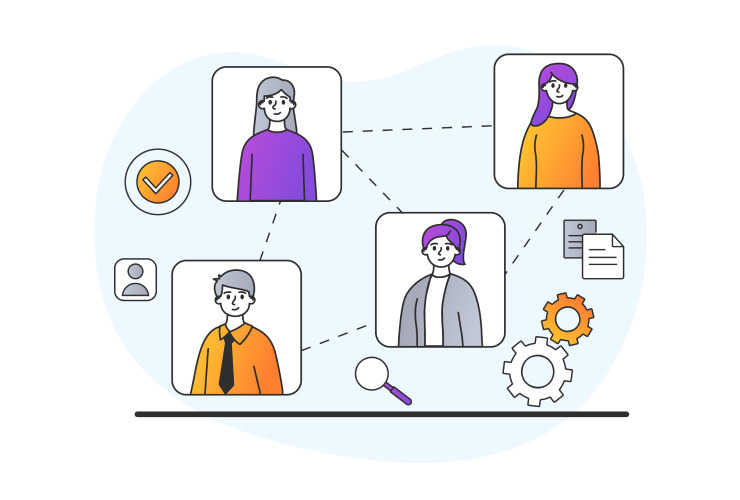
Our HR Integration as a Service
Looking for trusted HR Integration company to seamlessly connect your tools into one seamless ecosystem?
Our Entire HR System Integration Portfolio
Our HR system integration portfolio is built to bridge every gap across your people, platforms, and processes.
Whether it’s streamlining workflows or ensuring data harmony, we connect your entire HR ecosystem - end to end.


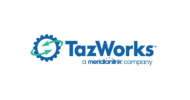




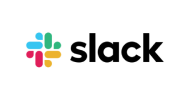

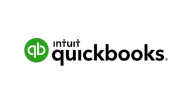

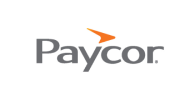
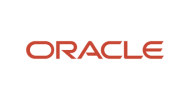


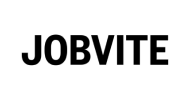
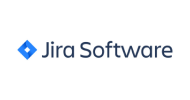
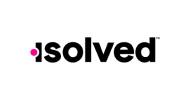
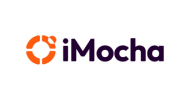

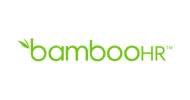
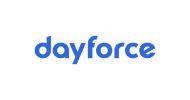
The Core Capabilities Powering Our HR Integrations
We bring precision, performance, and control to every integration - here’s how we do it.
- Advanced data mapping aligns fields across systems.
- Custom APIs connect even complex tools.
- Bi-directional sync keeps data flowing both ways.
- Full security ensures compliance and protection.
- Scalable middleware enables smooth connectivity.
- Error monitoring catches and fixes issues fast.
HR Integration Through Pre-built iPaaS Connectors
Trim down your integration cost and time significantly by choosing pre-built connectors over custom development.
- Launch integrations faster by eliminating the need for custom builds.
- Benefit from built-in monitoring and self-healing capabilities.
- Adapt to evolving HR processes without reengineering your stack.
- Continuously optimize with advanced diagnostics & real-time tuning.
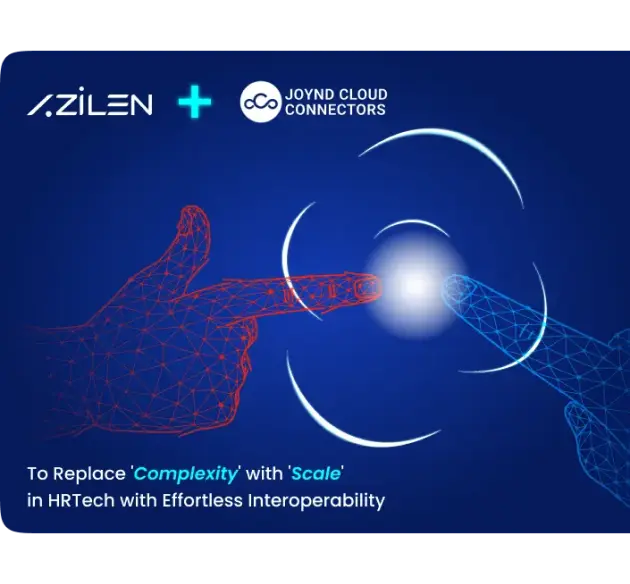
HR Integration: Build vs Buy Calculator (One Shot Only - Choose Wisely!)
Watch On-Demand Webinar:
Build vs Buy Integration - The Time, Talent, & Tech POV






Why Azilen is the right choice for PLM services
The Spirit Behind Engineering Excellence
Frequently Asked Questions (FAQ's)
HR system integration connects different HR software and tools – like payroll, recruitment, benefits, and performance management – so they work together seamlessly. Instead of manually moving data between systems, everything is synced automatically. This not only saves time but also improves data accuracy and gives HR teams a more holistic view of the employee journey.
If you’re manually updating multiple HR tools, facing data mismatches, or dealing with repetitive admin tasks, you likely need integration. Businesses with growing teams, remote or hybrid workforces, or complex tech stacks benefit the most. Integration brings automation, reduces human errors, and supports smarter decision-making through real-time insights.
By optimizing workflows, enhancing communication, and providing real-time insights into each stage of development, PLM services help to identify and eliminate bottlenecks, reduce delays, and ensure that your product reaches the market faster.
Native integration is pre-built by software vendors – it works out of the box but often has limited flexibility. Custom integration is built specifically for your workflows, systems, and rules, offering more control and scalability. If your HR tech stack is standard, native might be enough. But if you have unique processes or legacy tools, custom integration is usually the way to go.
That depends on your priorities. Building gives you full control, but it’s time-consuming and needs ongoing maintenance. iPaaS tools like Workato, Boomi, or Zapier offer pre-built connectors and faster deployment – great for standard use cases. If you need deep customization or deal with older systems, building might be better. That’s exactly what our calculator helps you decide.
For simple use cases using iPaaS or native connectors, integration can take a few days to weeks. Custom integrations involving multiple systems, complex workflows, or legacy tools may take a few months. The timeline also depends on stakeholder alignment, access to APIs, and testing needs. We typically recommend a phased approach for smoother adoption.
No, if it’s done correctly. Good integration works alongside your existing systems without disrupting them. It simply acts as a bridge to move data securely between them. However, it’s crucial to work with experienced partners or platforms that ensure data privacy, security, and minimal downtime during implementation.
Absolutely. In fact, integrations can strengthen your compliance posture. They help you enforce consistent policies, keep audit logs, manage access, and store data in secure environments. Whether it’s GDPR, SOC 2, or HIPAA, integration frameworks can be designed to follow regulatory requirements – just make sure your vendors or engineers know what’s needed.
It varies based on complexity. iPaaS tools usually charge a monthly or annual fee based on the number of connectors and automation flows. Custom integrations require upfront development costs and sometimes ongoing support. A ballpark could range from a few hundred dollars for simple setups to tens of thousands for enterprise-grade systems. But in most cases, the ROI in terms of time saved and error reduction makes it worth the investment.
iPaaS stands for Integration Platform as a Service. It’s like a middleman that helps different HR tools “talk” to each other without you needing to write complex code. Think of it as drag-and-drop automation – you connect tools like your ATS, payroll, and Slack, then set rules like “when someone is hired, trigger onboarding emails.” It’s fast, scalable, and perfect if you want integration without getting too technical.
They often cover the basics really well – syncing employee data, updating time-off records, or pushing new hires from your ATS to your HRMS. But if you have edge cases (like custom approval workflows or multiple systems with outdated APIs), you might hit some limitations. Pre-built connectors are a great start, but businesses often layer in customization later as their processes mature.
Not entirely, but they do take a big chunk of the work off your tech team’s plate. iPaaS tools reduce the need for writing custom scripts and handling error-prone API calls manually. However, for advanced logic, security rules, or legacy system support, developer involvement is still important – even if it’s just to fine-tune or extend what iPaaS can do.
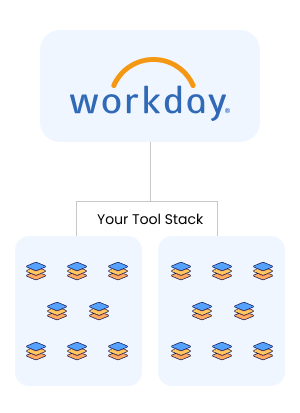
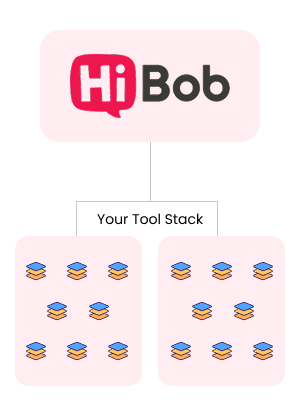
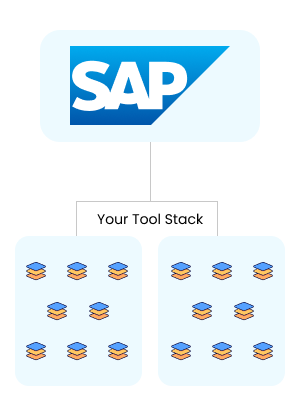
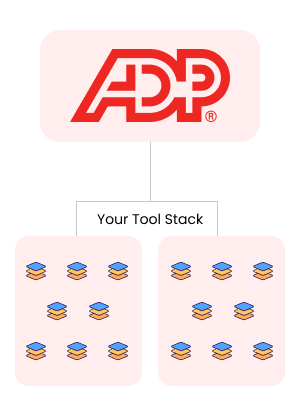



























 Talk to Our
Consultants
Talk to Our
Consultants Chat with
Our Experts
Chat with
Our Experts Write us
an Email
Write us
an Email







